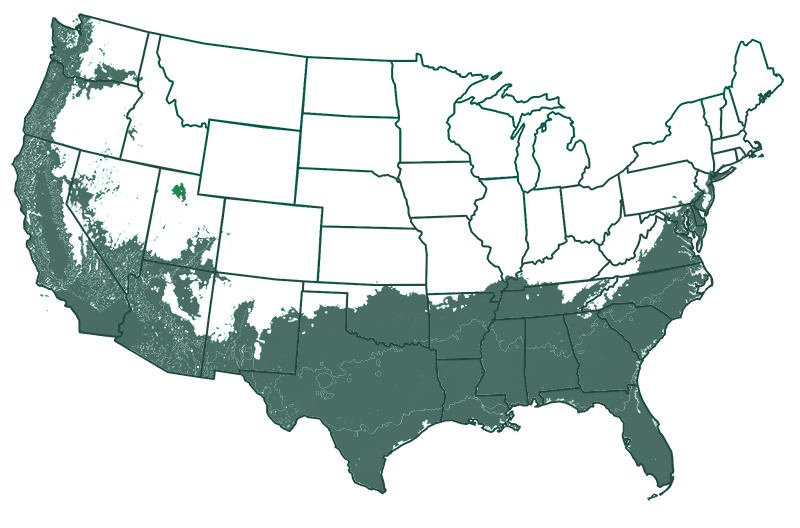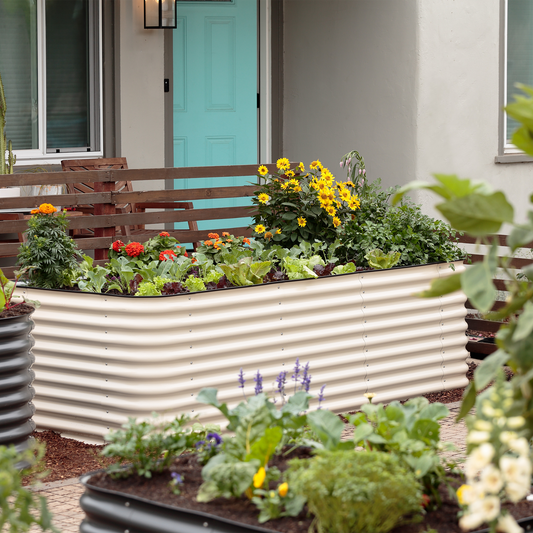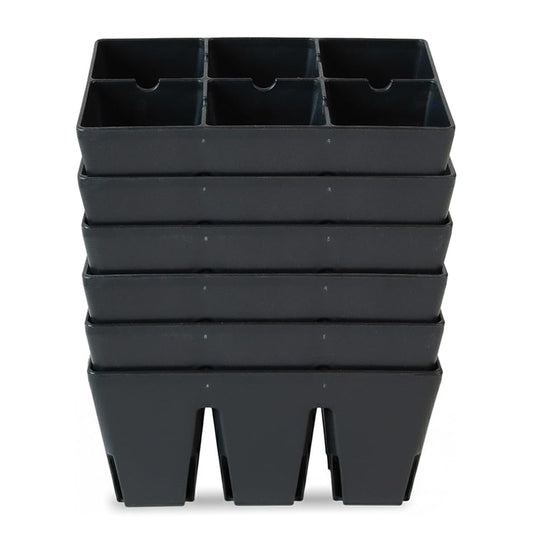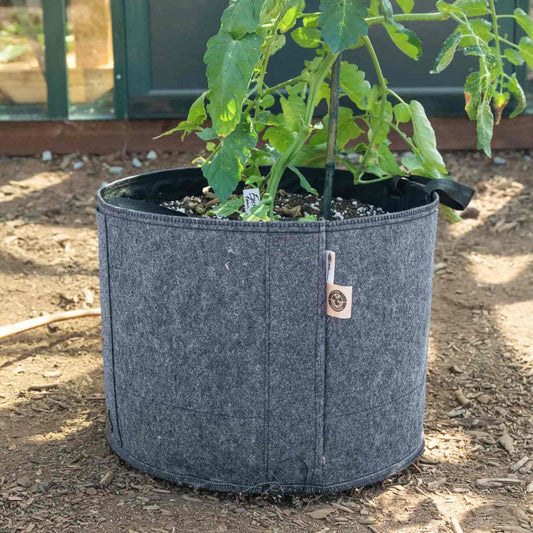

Fuyu Persimmon
View More Planting Info
Choose a position with at least 8 hours of sunlight daily, although it will take a little shade. Ensure enough space between trees and other plants and structures of at least 20 feet. Make sure the soil is well-draining. Although adaptable to a variety of soils, they prefer loamy-rich soil. Adjust the soil if needed with extra organic materials like compost. Dig a hole twice the width and as deep as the rootball. Remove the plant from the bag and place it in the hole, making sure to have it level with the ground at the same level as in the bag. Backfill with soil and press down as you go to remove any air pockets. For trees that need staking, do this before adding the plant to the hole so as not to disturb the roots later. Water the plant well and add a layer of mulch, placing it away from the tree trunk. This will help with weed suppression and water saving. When planting in containers, water the plants thoroughly before planting in a container at least three times the rootball size. Water well, add mulch, and place in a position that will receive at least 8 hours of sunlight daily. Choose the position wisely, as the trees dislike being disturbed or moved over a growing season.
- Product Info
- Care and Maintenance
- Planting Care
- Growing Zone
Product Info
Mature Height: 12-15 ft.
Mature Width: 10-12 ft.
Sunlight: Full-Part Sun
Growth Rate: Slow
Does Not Ship To: AZ, CA, OR
Care and Maintenance
Watering: Water persimmons that have just been planted deeply multiple times per week throughout the spring and summer unless it has recently rained, reducing the watering frequency in the fall and winter. Although they can withstand periods of drought, monitor the soil for dryness to prevent stress and encourage more fruit. In the dormant seasons, watering can be reduced. As these mature, in-ground trees will become more drought-tolerant, although container plants will still need consistent watering year-round. There is a delicate balance here, as they also dislike being overwatered.
Fertilizing: Use a balanced fertilizer to feed persimmons as soon as new growth appears in late winter or early spring. This is when they need a boost to give them energy to produce flowers and fruit.
Pruning: Allow a year’s growth before pruning in late winter before new growth appears. Fruit will bear on last year’s wood, so be sure not to cut out all old wood, instead removing only branches impeding light or air circulation. Prune to shape the tree and rejuvenate it for better fruiting. Remove any diseased or damaged branches.
Pests and Diseases: Fuyu Persimmon Trees do not experience issues with many diseases. However, they should be inspected regularly for pests or the few diseases that can affect them, such as persimmon wilt, leaf spot, crown gall, borers, caterpillars, mealy bugs, thrips, red spider mites, and fruit flies.
Pollination: Fuyu Persimmon trees are self-fertile and do not require any other trees for pollination. However, crops will significantly increase should two or more trees be planted together.
Harvesting: Harvest the fruit in the fall in the months of September and October. Most fruit will have strong stems, so cutting them off the tree with a sharp pair of pruners is best. Wait until they are bright orange but still firm to the touch.
Recovery Time: Transitioning from our nursery to your home can be a bit of a shock to your plant. A short acclimation period helps it recover and reduces stress.
Climate Adjustment: Every environment is unique. Giving your plant time to adjust to the local climate, humidity, and light conditions in a shady spot will set it up for better growth and health.
How to Acclimate Your Plant: Keep the plant in its container and place it in a shady, sheltered area away from high winds. Ensure it's watered adequately – the soil should be moist but not waterlogged. Monitor the plant for any signs of distress and allow it to adjust for a few days before planting. After a few days of acclimation, your plant will be better prepared to thrive in its new home for years to come.
Planting Care
Sunlight: Plant in full sun to partial shade with at least 8 hours of direct sunlight daily.
Soil: Plant in well-draining, rich soil with an acidic to neutral pH between 6.0 and 6.5. When planting in containers, choose a potting mix with added compost.
Mature size: This tree grows between 12-15 feet in height.
Climate: Fuyu Persimmon Trees can withstand various climatic conditions with temperatures down to 10°F (-12°C). They need only 200 hours of chill set time to produce fruit.
Thinning: Remove any damaged or diseased branches to improve growth at any time of the year. For shaping, prune in the late winter or early spring.
Location: Plant in a sunny position in well-draining soil, with plenty of room around them. They are also suitable for planting in containers.
Watering: Water deeply and slowly when watering using drip irrigation. Allow to dry out between waterings.
Pruning: Prune to maintain the tree's shape or to remove damaged or diseased material, maintaining as much of the older wood as possible as they fruit on their older wood. Remove branches to allow light and air into the tree's canopy. Damaged or diseased material can be removed at any time, but otherwise, limit pruning for shaping to late winter or early spring.
Spacing: Plant at least 20 feet away from your garden's other trees, plants, or nearby structures.
Harvesting: Harvest in the fall when the fruits are orange in color by cutting them off with a sharp pair of pruning shears. They will ripen off the tree and have a long storage time.
Pollination: Fuyu Persimmons are self-pollinating. Planting annual flowering plants nearby will increase the number of natural pollinators like bees, butterflies, and other insects.
Hardiness Zone: Fuyu Persimmon Trees are suitable for planting in USDA zones 7-11. They are hardy to 10°F (-12°C).
Fertilizer: Feed with a slow-release balanced fertilizer when the new growth appears in late winter and early spring.
Growing Zone
Grows Well In Zones: 7-11 outdoors











